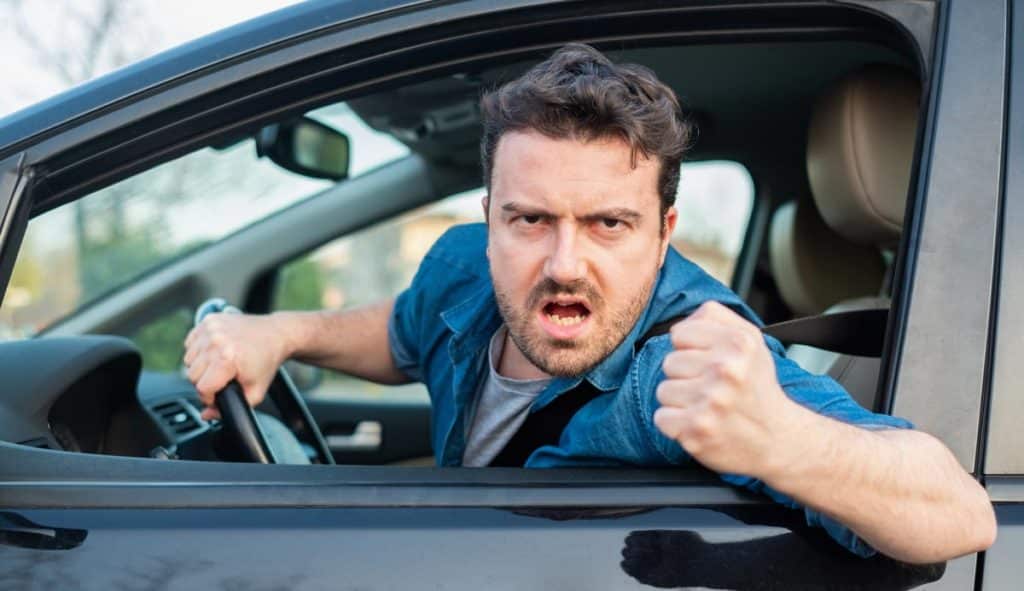It’s no secret that the traffic situation in the Bay Area and California as a whole has become more dangerous in the past decade. There are plenty of causes for this, from the rise of rideshare companies to the overall increase in traffic. However, one of the most prominent reasons for California’s dangerous roads is simple: distracted driving.
With the advent of smartphones, smart cars, and other attention-seeking distractions, it’s easier than ever to stop paying attention to the road while you’re behind the wheel. California lawmakers have spotted this trend, and they’ve taken action to reverse it. That’s why Assembly Bill 47 was passed in 2019.
Assembly Bill 47 (AB 47) is intended to help make California roads safer by discouraging distracted driving of all types. Here’s what you need to know about the bill and why it’s so important for everyone who uses roads in San Francisco and the rest of the state.
The Many Dangers of Distracted Driving
Distracted driving sounds relatively minor. However, it’s actually one of the most dangerous forces on the road. More than 9% of all fatal crashes result from a driver who was distracted in some way. In 2018 alone, more than 400,000 people were injured in accidents caused by distracted drivers.
Why is it so dangerous? Because distracted drivers aren’t giving the road their full attention and miss important details. The worst offenders are phones. Texting, for example, may require the driver to take their eyes off the road for five seconds.
While that doesn’t sound like a long time, at 55 mph, it’s the equivalent of driving the length of a football field while blindfolded. If someone else needs to hit their brakes or the car starts to drift into another lane, a texting driver won’t notice in time to correct it. Every one of the injuries and deaths caused by distracted drivers was potentially preventable. The drivers who caused them were deeply negligent and may be liable for damages to their victims.
Distracted driving is much more than just looking at your phone, of course. Everything from eating to talking to a fellow passenger can distract you from the road and cause a severe accident. Phones are simply the most prominent and easily avoidable distractions. That makes them the focus of most legislation regarding distracted driving in the state.
The History of Distracted Driving Laws in California
Californian legislators have taken steps against this dangerous behavior before passing AB 47. Previous efforts included a 2009 ban on writing, sending, or reading text messages while driving and a 2008 ban on talking on a handheld cellphone. However, as technology developed, it became clear that this wasn’t enough to slow down the distracted driving trend.
The next step took place in 2017 when it became illegal to hold a cellphone at all while driving. The person operating a vehicle could only use their phone if mounted to their dashboard or console. “Using” the phone was limited to a single finger tap or swipe. Meanwhile, anyone under the age of 18 was banned from doing even that.
Despite these bans, penalties for breaking the law were not very high. Before AB 47, the punishment for being caught using your phone while driving was a $150+ fine. For many people, this was not enough of a deterrent to convince them to switch to hands-free phone usage, and legislators felt the need to go a step further.
How AB 47 Addresses Distracted Driving
The goal of AB 47 was to include penalties that actually impacted drivers. Fines were not doing enough to deter dangerous, distracted behaviors, so the new penalties apply to drivers’ records. In fact, drivers can have points added to their license if they’re particularly negligent.
As of July 1st, 2021, AB 47’s penalties will kick in. On that date, a first offense for using a cellphone while controlling a vehicle will still lead to a fine and nothing else. However, second and subsequent offenses will have more serious consequences. Once a driver has been convicted the first time, any subsequent offenses in the next 36 months add a point to their license.
These points have a significant impact on whether someone gets to retain their license. Anyone who acquires four points in 12 months, six points in 24 months, or eight points in 36 months is considered a negligent operator, which results in a suspended driver’s license. Points stay on a license for three years and may also be accumulated by speeding or other dangerous behaviors.
Points are more than just a measure of whether a driver can keep their privileges. Drivers with points on their license are generally charged higher car insurance rates. Insurance companies consider drivers with points on their licenses to be at higher risk of accidents because they have been convicted of dangerous driving behaviors.
What This Means for California Citizens
While AB 47 doesn’t officially kick in until July, it’s going to make a serious impact on Californian roads’ safety. Drivers and pedestrians alike can look forward to higher penalties for road users who don’t act safely.
By adding the element of points to the laws surrounding driving with a cellphone, Californian legislators hope to discourage dangerous driving more effectively. Drivers who wouldn’t blink at paying a fine see long-lasting consequences and may even lose their right to drive for their dangerous actions.
Holding Distracted Drivers Accountable
It’s clear that texting or using your phone while controlling a car is incredibly dangerous. The negligent drivers are rarely the people who pay the price for their behavior. Instead, it’s the people they injure, whose lives may never be the same.
If you or someone you love has been in an accident caused by a distracted driver, you’re not alone. These drivers are actively negligent. When they ignore the law and hurt someone, they should be held accountable for their actions. While they’re now held to higher penalties under California criminal law, you can also hold them responsible for your personal losses. Reach out to a qualified car accident attorney today to learn how to press for damages from these negligent drivers.





